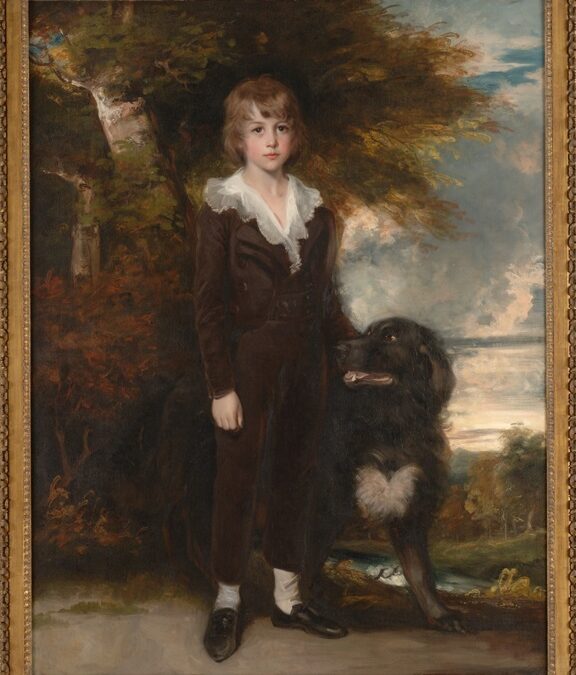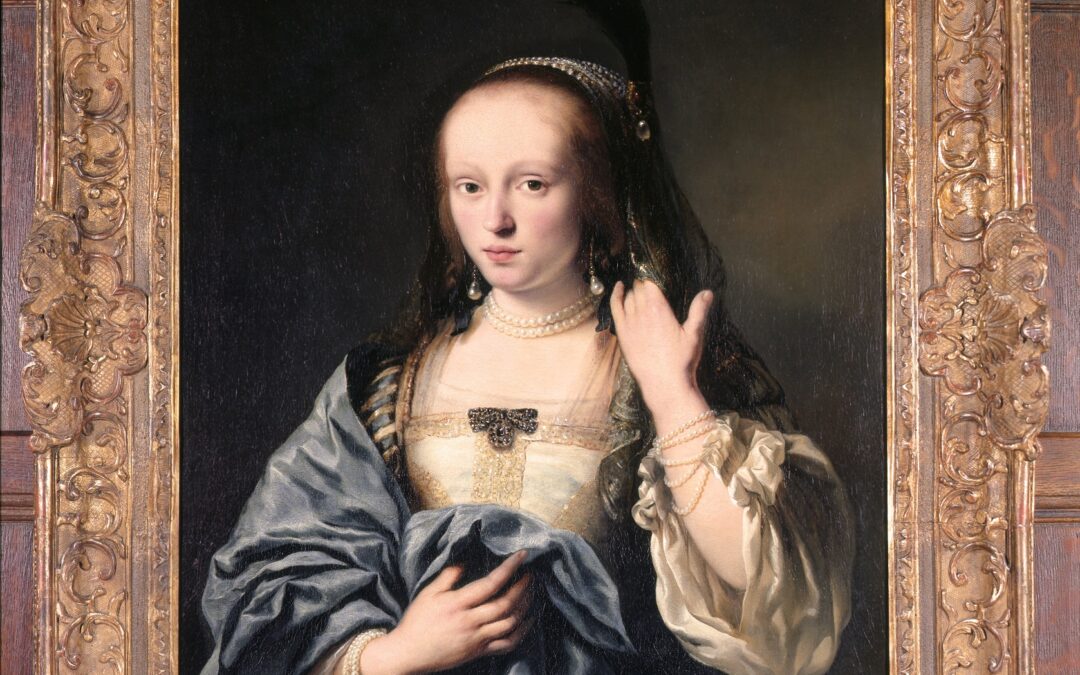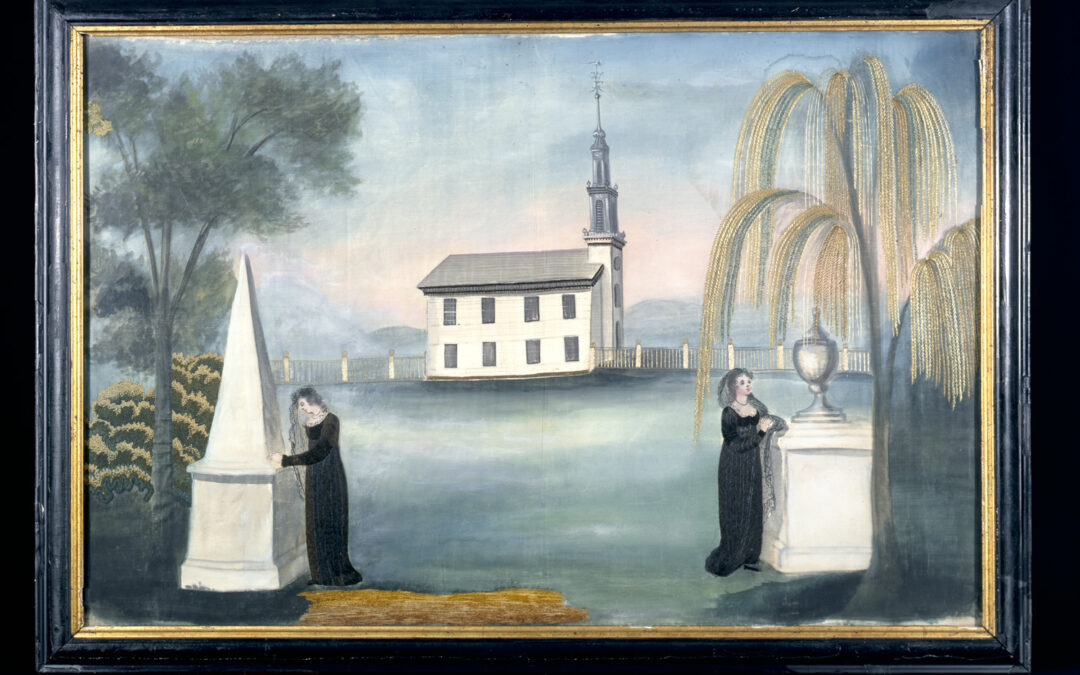
by NRF User | Jan 3, 2024
Charles Oldfield Bowles (1785-1862) was the son of an amateur painter and musician Oldfield Bowles (1739-1810) of North Aston, Oxfordshire. This was the first of five John Hoppner paintings owned by James B. Duke. He purchased it in 1908 not long after his marriage in 1907 to Nanaline Holt Inman.

by NRF User | Jan 3, 2024
Caroline Spencer, the Fourth Duchess of Marlborough, was a powerful woman. In this portrait— by court portrait artist Reynolds—the Duchess wears a sumptuous dress with ermine lining.
Doris Duke purchased this portrait from the estate of Matilda Dodge Wilson of Meadowbrook Hall in 1970 and placed it alongside other full-length portraits of British nobles on the grand staircase of Rough Point. And while we don’t know what drew Doris to this painting in particular—it’s interesting that Doris collected and displayed symbols—like this portrait— of strong, powerful women. You can follow the portraits up the grand staircase at Rough Point—past a future king, a noblewoman, a marchioness, until you get to the portrait of Nanaline Duke—and right next to her, Doris Duke as a young girl.

by NRF User | Jan 3, 2024
This is portrait depicts an unknown woman. Although there has been some speculation as to her identity, it is likely that she was one of the models the 17th-century artist Ferdinand Bol regularly used in his work. Ferdinand Bol painted this woman in the mid-17th century—at the time that the Dutch Empire was at its height, thanks to a powerful naval forced and the control of maritime trade.
Doris Duke purchased it in (1971) and put it on display in the Great Hall—a room full of other objects representing her family’s success and reflecting her family’s taste in art. It is one of the first objects you encounter when you enter Rough Point and it hangs today right above a 17th-century curiosity cabinet—another object that points to sea exploration and European empire-building. The painting—and the cabinet—are a part of a much larger thread leading to American imperialism and how the Dukes saw themselves as heirs to an older European cultural and political legacy.

by NRF User | Jan 3, 2024
This is an example of a work commemorating grief and was part of the mourning process. It is painting on silk of two women in black outside a church with embroidered details.

by NRF User | Jan 3, 2024
This painting was a gift from Alletta Morris McBean to Doris Duke. It is one of the few American paintings in Doris’s collection and certainly reflects Leta’s taste more than Doris’s. (Leta’s home in Newport, Chepstow, displays many more examples of paintings from the 19th-century American Hudson School.) It also points to Doris’s affection for her friend and the value she placed on the gift.





